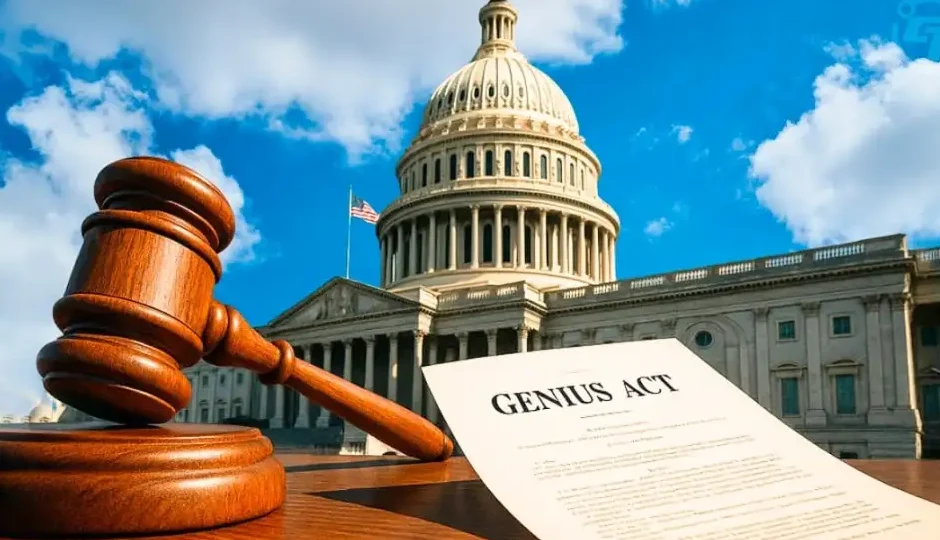Acceleration of Green Economies: A Deep Dive into the Global Shift Towards Sustainability
In recent years, the global economy has witnessed a significant shift towards sustainability, marked by substantial investments in renewable energy, green technologies, and climate resilience projects. This transition aims to achieve net-zero emissions and is catalyzing growth in clean energy sectors such as wind, solar, and hydrogen power.
1. Surge in Renewable Energy Investments
Global energy investment is projected to exceed $3 trillion in 2024, with $2 trillion allocated to clean energy technologies and infrastructure. This marks a significant milestone, indicating a robust commitment to sustainable energy solutions.
In 2024, global renewable power capacity increased by 585 GW, reflecting a 15.1% annual growth rate. This expansion underscores the accelerating adoption of renewable energy sources worldwide.
2. Advancements in Green Technology
Investments in clean energy technology are anticipated to rise by 15% in 2024, reaching nearly $800 billion, with solar energy leading the charge. This surge is driven by declining costs and technological advancements, making green technologies more accessible and efficient.
Notably, the U.S. energy storage industry has committed $100 billion to develop and manufacture American-made batteries, aiming to meet 100% of domestic energy storage demand by 2030. This initiative is crucial for enhancing energy security and supporting the integration of renewable energy into the grid.
3. Emphasis on Climate Resilience
Climate resilience projects are gaining traction, with significant funding allocated to bolster infrastructure against climate-related disasters. For instance, the NOAA Climate Resilience Regional Challenge announced $575 million for 19 projects aimed at increasing resilience to extreme weather events.
Similarly, the Infrastructure Investment and Jobs Act provides around $7 billion to the Federal Emergency Management Agency (FEMA) for helping communities adapt to various climate-related disasters. These investments are pivotal in safeguarding communities and economies from the adverse effects of climate change.
4. Global Leadership and Policy Support
Government policies play a vital role in accelerating the green economy. The Inflation Reduction Act (IRA) in the U.S., for example, has been instrumental in incentivizing clean energy investments, particularly benefiting economically challenged regions. Such policies provide the necessary framework and financial support to drive large-scale adoption of sustainable practices.
Internationally, China’s clean tech exports to emerging markets surged in 2024, with emerging markets now accounting for 43% of its clean tech exports, up from 24% in 2022. This expansion reflects China’s strategic focus on global cooperation in climate innovation and accessibility to green technology.
5. Economic Implications and Market Dynamics
The acceleration of green economies has profound economic implications. Investments in renewable energy and green technologies are not only environmentally beneficial but also economically advantageous. For instance, research indicates that every $1 invested in disaster-prevention efforts can save $13 in future recovery costs.
Moreover, the growth of the green economy is creating new job opportunities and driving innovation across various sectors. Companies specializing in renewable energy, energy storage, and sustainable infrastructure are experiencing increased demand, leading to economic growth and diversification.
6. Challenges and the Path Forward
Despite the positive momentum, challenges persist. The cancellation of FEMA’s Building Resilient Infrastructure and Communities (BRIC) program, which revoked over $3.6 billion in funding, has disrupted critical disaster-prevention efforts in numerous communities. Such setbacks highlight the need for consistent policy support and funding to maintain progress in building climate resilience.
Additionally, the reliance on imported components for clean energy technologies poses supply chain risks. Efforts to develop domestic manufacturing capabilities, such as the U.S. energy storage industry’s $100 billion commitment, are essential to mitigate these risks and ensure energy security.
